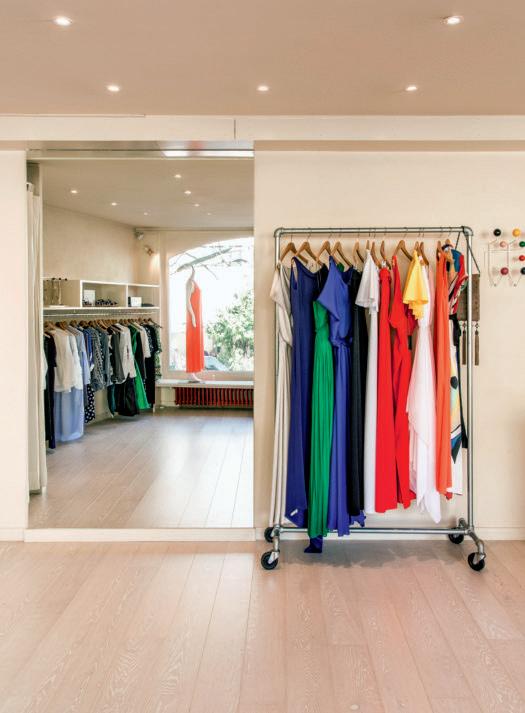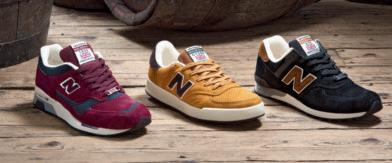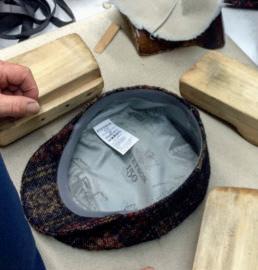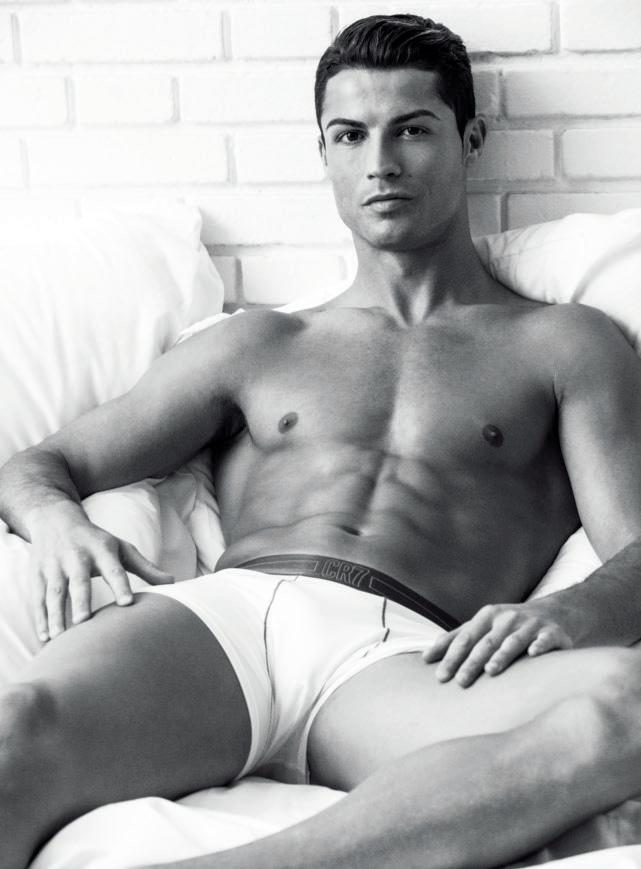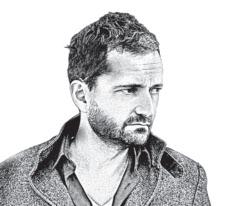”FASHION AND TECHNOLOGY ARE INCREASINGLY INTERCONNECTED” Years as a buyer for fashion companies like Anne Taylor and Pea in the Pod made Mona Bijoor realise one thing: the process of ordering with catalogues, pens, reams of paper, Excel sheets, and fax machines would keep the wholesale business stuck in the 20th century. In order to make the process paperless, analytical, and efficient, she started Joor in 2010. Four years later, the online platform processed almost three billion fashion wholesale orders, serving customers such as Rag & Bone, Façonnable, Peter Pilotto, Jason Wu, Marni, Balmain, APC, Stella McCartney, Charlotte Olympia, and Loewe. Today, about 40 percent of the orders come from Europe, while European designers sold about 1.5 billion US Dollars worth of goods through US-based Joor. We were given the opportunity to pick Mona Bijoor’s brain about the digital future of fashion. Text: Petrina Engelke. Photo: Joor
Why is the concept of ordering in showrooms not suitable for today’s fashion business?
will have their own philosophy and stick to their strategy and won’t conform to industry standard.
Showrooms certainly have their place, in fact most of our clients use the Joor platform in the showroom to place their orders. However, there was also a demand for a way to find items for your store without having to leave it. That has been a game-changer for small businesses and e-commerce start-ups.
When you look at the data pertaining to wholesale on your platform, what is happening in the fashion industry that you weren’t aware of before?
Resort collection, high summer collection, pre-fall: There are more and more attempts to sell new collections. What direction do you think this is taking?
I think newness is a trend that is not diminishing. Consumers want differentiation and it is important to inject that newness into collections throughout the year. However, we’ve seen very successful collections that show 2-4 times a year. There is no hard and fast rule. Successful brands
The most interesting and surprising trend to keep an eye on has been the lingering effect of fast fashion, where brands move their products from runway to stores very quickly in an attempt to remain in trend. We’re starting to see that this is making fashion more “trendless”: It’s getting harder to isolate what the global community of designers has in common. Fashion will always to a certain extent be related to the season because people will never want to wear fur in August regardless of what the trends dictate. But the biggest innovators in fashion are not really as concerned with “what colour is in
right now” as opposed to “how can I get the right product to the customer at the right value.” What is your personal take on the pace of fashion and its future?
Fashion and technology are becoming increasingly interconnected. Clothing is becoming increasingly concerned with functionality, and functional items are increasingly becoming concerned with being stylish. Last year Apple decided to become a watch-company and Fitbit became a fashion and fitness accessory. We know that the line will continue to blur.
With Joor, Mona Bijoor digitalized wholesale for apparel and accessories – and made it easier. Ultimately, she wants to bring her service not only to the fashion industry, but also aims to help the furniture and toys sectors.
https://jooraccess.com/
style in progress 415




